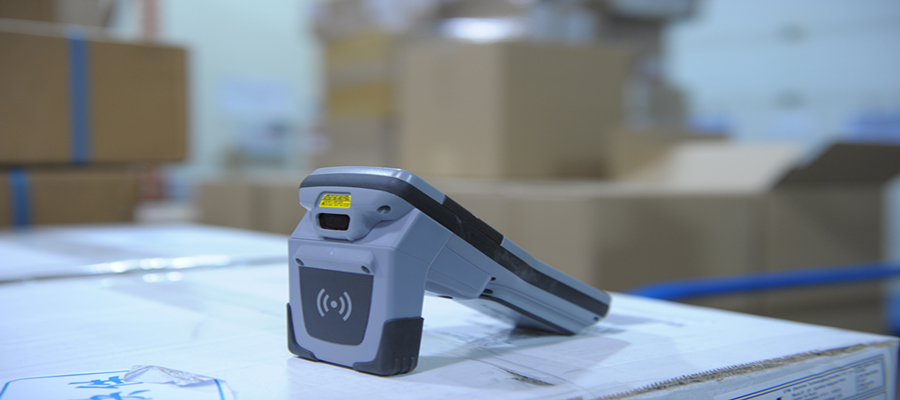Tagging & Verification Station – a central workstation for inserting RFID tags and verifying their readiness. Mobile RFID UHF reader are used for quickly drawing up inventory or verifying book location on the bookshelves. The RFID UHF reader are connected online to library system by wireless network or they operate offline sending and downloading data in the moment of connecting to a PC through USB or RS232 ports. They are equipped with touch screens and keyboards which allow to easily find catalogue number of the chosen book and then find it with the reader in library room.
“Additionally, UHF RFID tag may be used for control of illegal” taking out of books from library. Smart labels combine the read range and unattended processing capability of RFID with the convenience and flexibility of on-demand label printing. An RFID UHF reader is basically a radio frequency transmitter and receiver, controlled by a microprocessor or digital signal processor. RFID systems can usually work effectively even in harsh environments with excessive dirt, dust, moisture, and extremes of temperatures.
Much more information about smart labels, smart cards, and many other definitions about radio frequency identification can be found at this RFID definitions listing. All of the data is collected from tags and then passed through familiar communication interfaces to host computer systems in the same manner that data scanned from bar code labels is captured and passed to computer systems for interpretation, storage, and action. RFID systems can provide error-free, wireless data transmissions, that are both battery-free and maintenance-free.
One of the components of RFID consists of tags that are electronically programmed with unique information. An example would be a library that includes information about an author or item title if the tag has enough cpacity, but not a library location or circulation status. A few libraries have placed CXJ RFID tags on staff and patron identification cards.
For example, a library might add an identification code for each branch and that information could be changed if the holding location were subsequently changed to another branch of the library. In library RFID, usually part of the read-write tag is secured againave placed RFID tags on staff and patron identification cards. Book jobbers that provide processing services are willing to insert RFID tags at additional cost, but publishers will not do it unless there are enough bookstores and libraries are willing to pay more for books with embedded tags. One academic library has dramatically reduced losses by protecting everything that is not fastened down.







